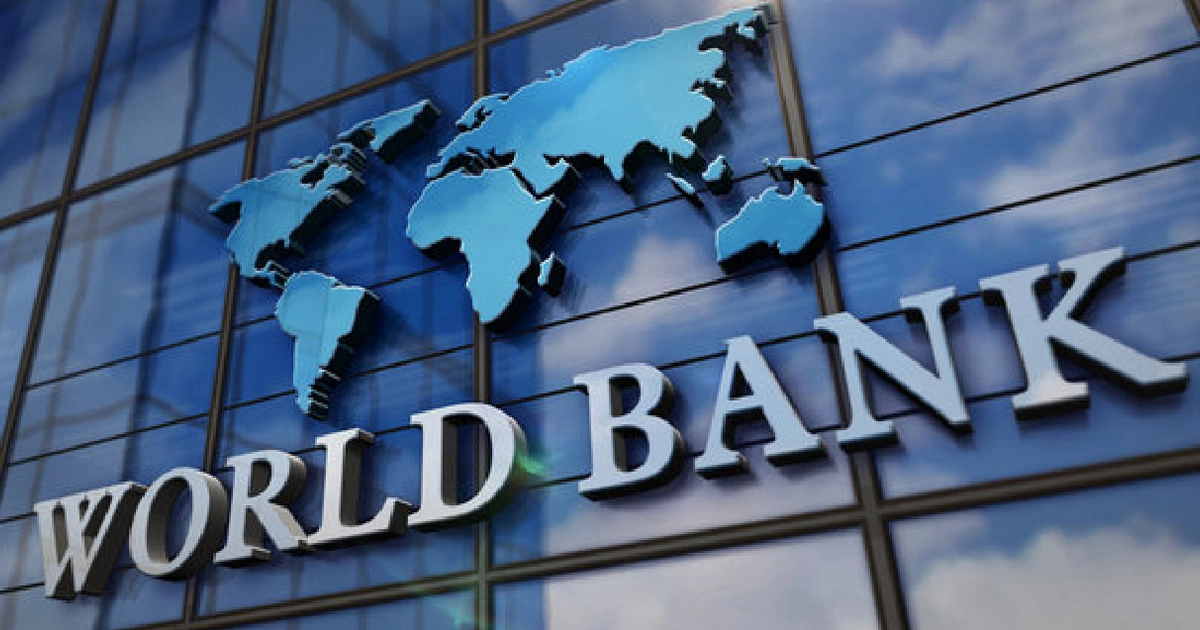Over the past year, the amount needed to rebuild Ukraine after the Russian invasion has increased by 8% and now amounts to $524 billion. This is stated in a new report by the World Bank, which estimates the total damage done to the country’s infrastructure, economy, and housing stock.
Source: World Bank
Key indicators of losses
According to the analytical data recorded as of December 31, 2024, the new estimate is 2.8 times higher than the projected nominal GDP of Ukraine for the same year.
Direct damage to housing, transportation infrastructure, and industry is estimated at $176 billion. The following areas have suffered the most:
- Housing sector – $57+ billion (33% of total losses)
- Transportation infrastructure – $36+ billion (21%)
- Energy and mining – $20+ billion (12%)
- Trade and industry – $17+ billion (10%)
Destruction of critical infrastructure
- About 13% of the housing stock in Ukraine was destroyed or damaged, which corresponds to 2.5 million households.
- In the energy sector, the number of damaged or destroyed facilities increased by 93% over the year, including the infrastructure for electricity generation, transmission and distribution.
Regions that suffered the greatest losses
The biggest damage was recorded in the following regions:
- Donetsk, Kharkiv, Luhansk, Zaporizhzhia, Kherson, and Kyiv.
Total losses in these regions exceed $127 billion (72% of all losses).
Recovery and reconstruction needs
The country needs $524 billion for recovery and reconstruction, of which the largest amounts are needed for
- Housing sector – $84 billion (16% of the total)
- Transportation infrastructure – $78 billion (15%)
- Energy and mining – $68 billion (13%)
- Trade and industry – $64 billion (12%)
- Agriculture – $55 billion (10%)
Additional costs: $13 billion is needed just to clear the rubble and recycle the destruction in all sectors.
The World Bank emphasizes that Ukraine’s reconstruction requires large-scale financing that exceeds previous forecasts. Due to the ongoing hostilities and the destruction of critical infrastructure, the need for financial support from international partners remains a priority to secure the country’s future.
